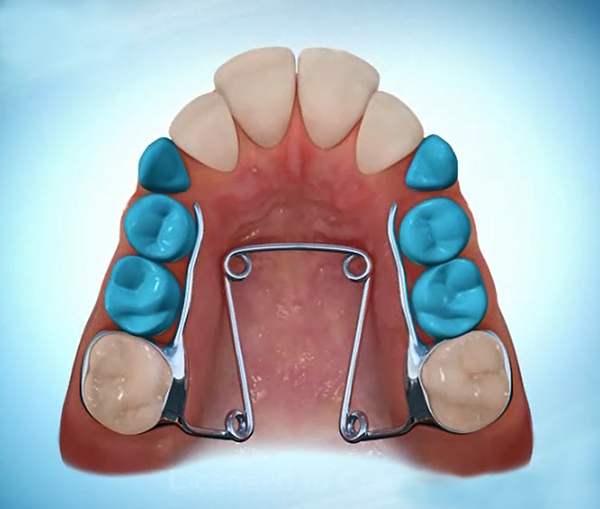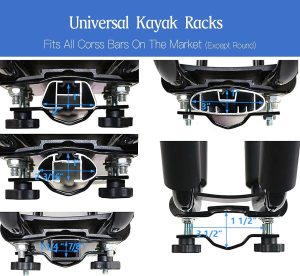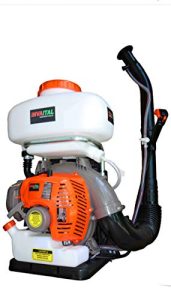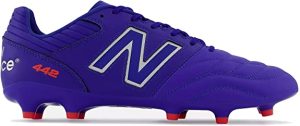Contents
- What is a Quad Helix Appliance?
- Indications for Using Quad Helix Appliance
- Preparation for Quad Helix Appliance
- Placement of Quad Helix Appliance
- Potential Discomfort and Side Effects
- Dental Hygiene with Quad Helix Appliance
- Duration of Quad Helix Treatment
- Alternatives to Quad Helix Appliance
- Importance of Retention
- Cost and Insurance Coverage
Are you curious about the Quad Helix Appliance? Look no further! In this comprehensive guide, you will gain a thorough understanding of this revolutionary dental tool. The Quad Helix Appliance is a remarkable device designed to aid in orthodontic treatments, specifically in widening the upper jaw. With its unique design and functionality, this appliance offers a comfortable and effective solution for patients seeking orthodontic correction. Whether you are a dental professional or someone considering orthodontic treatment, this guide will provide you with all the essential information you need to know about the Quad Helix Appliance.
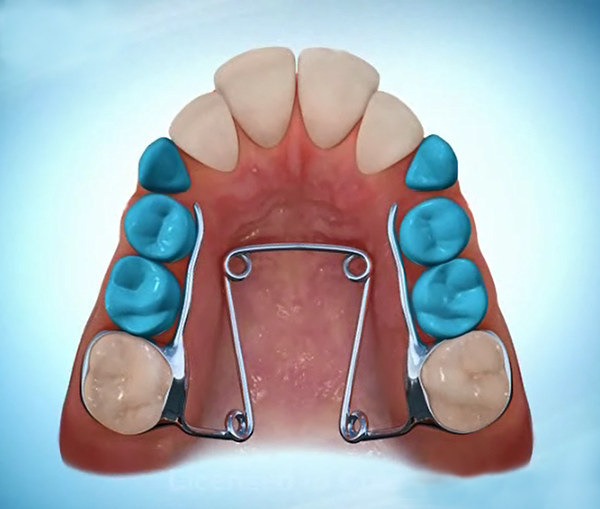
What is a Quad Helix Appliance?
Definition
The Quad Helix Appliance is a fixed orthodontic appliance commonly used in the field of dentistry to address various dental alignment issues. It consists of a metal framework that is typically fitted onto the upper molars and extends towards the front of the mouth. The appliance utilizes active springs that apply gentle pressure to the teeth, gradually encouraging them to move into their desired positions.
Purpose
The primary purpose of the Quad Helix Appliance is to facilitate dental arch expansion, particularly in cases where the upper jaw is narrow and causes crowded teeth or a crossbite. By applying controlled and targeted forces to the teeth, the Quad Helix Appliance helps to create more space in the dental arch, allowing for proper alignment and improved occlusion.
Components
The Quad Helix Appliance is composed of several essential components that work together to achieve the desired orthodontic outcomes. These components include:
-
Metal Framework: Made from durable materials such as stainless steel, the framework of the Quad Helix Appliance provides the necessary support and stability for the appliance. It is custom-made to fit the patient’s mouth and is designed to be comfortably worn.
-
Expansion Screws: These screws are an integral part of the Quad Helix Appliance and are strategically positioned to exert pressure on the molars. By gradually activating these screws, the appliance creates the necessary force to expand the dental arch and correct misalignments.
-
Palatal Arms: These arms extend towards the front of the mouth and are responsible for applying forces to the anterior teeth. They help in aligning the incisors and ensuring harmonious dental arch expansion.
-
Activation Springs: Located near the molars, these springs play a crucial role in applying the necessary forces to move the teeth. They are adjusted periodically by the orthodontist to ensure optimal progress.
Working Mechanism
The Quad Helix Appliance works by utilizing the principles of controlled force application and tooth movement. Once the appliance is fitted onto the upper molars, the expansion screws are gradually activated to exert outward pressure on the dental arch. This targeted pressure helps widen the arch over time and creates additional space for crowded or misaligned teeth. The palatal arms and activation springs work in conjunction with the expansion screws to apply force to specific teeth and guide them into their ideal positions. Regular adjustments and activations ensure that the appliance continues to exert the necessary forces for successful orthodontic treatment.
Indications for Using Quad Helix Appliance
Crowded Teeth
One of the primary indications for using the Quad Helix Appliance is to address crowded teeth. When the upper jaw is narrow, there is limited space for the teeth to properly align, leading to crowding. The Quad Helix Appliance helps create additional room by gently expanding the dental arch, allowing the crowded teeth to be repositioned into a more desirable alignment.
Dental Arch Expansion
The Quad Helix Appliance is particularly effective in cases requiring dental arch expansion. This is commonly seen in individuals with a constricted upper jaw, resulting in a narrow palate. By applying targeted forces, the appliance gradually widens the dental arch, creating sufficient space for proper alignment of the teeth.
Correction of Crossbite
Crossbite occurs when the upper teeth fit inside the lower teeth when the jaw is closed. The Quad Helix Appliance can be used to correct this misalignment by exerting pressure on the relevant teeth, guiding them into their ideal positions and achieving a harmonious bite.
Other Orthodontic Issues
In addition to the aforementioned indications, the Quad Helix Appliance can be utilized to address various other orthodontic issues. These include correcting tooth rotations, aligning midline discrepancies, improving dental arch symmetry, and facilitating other necessary tooth movements as part of a comprehensive treatment plan.
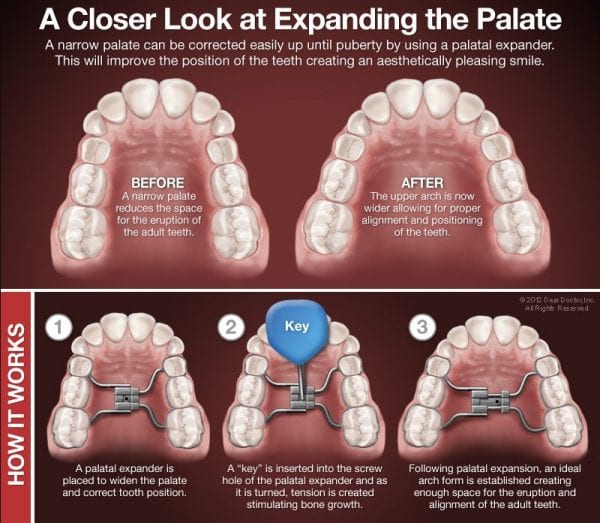
Preparation for Quad Helix Appliance
Orthodontic Assessment
Before the placement of the Quad Helix Appliance, an orthodontic assessment is conducted to evaluate the suitability of this treatment option. The orthodontist will carefully examine your teeth, jaw structure, and overall oral health to determine if the appliance is the right choice for your specific needs. X-rays and impressions of your teeth may also be taken to aid in treatment planning.
X-Rays and Impression
X-rays and impressions are commonly taken as part of the preparation process for the Quad Helix Appliance. X-rays provide valuable information about the positioning of the teeth, the underlying bone structure, and any potential issues that need to be addressed. Impressions involve creating a replica of your teeth that allows the orthodontist to create a customized Quad Helix Appliance that fits your mouth perfectly.
Customization
Based on the assessment and impressions, the Quad Helix Appliance is custom-made to ensure its optimal fit and functionality for your unique dental needs. The metal framework is precisely designed and fabricated to fit the specific contours of your teeth and dental arch.
Discussion of Treatment Plan
Once the Quad Helix Appliance has been customized, the orthodontist will discuss the treatment plan with you in detail. This includes explaining the anticipated duration of treatment, expected outcomes, and the proper care and maintenance of the appliance. This discussion ensures that you have a clear understanding of the treatment process and can actively participate in achieving the best results.
Placement of Quad Helix Appliance
Fitting Procedure
The placement of the Quad Helix Appliance is a relatively straightforward process that can usually be completed within a single appointment. The orthodontist carefully positions the appliance onto the upper molars, ensuring a secure fit. The palatal arms are adjusted and positioned correctly, ready to exert the necessary forces for dental arch expansion. The fit of the appliance is checked to ensure it is comfortable and allows for proper functionality.
Adjustments and Activations
To ensure optimal progress, periodic adjustments and activations of the Quad Helix Appliance are necessary. During these appointments, the orthodontist activates the expansion screws by turning them to exert the desired amount of pressure on the dental arch. The activation springs are also adjusted as needed to apply the appropriate forces to specific teeth. These adjustments and activations are crucial for guiding the teeth into their proper positions gradually.
Monitoring Progress
Throughout the treatment process, regular appointments will be scheduled to monitor the progress of the Quad Helix Appliance. The orthodontist will assess the changes in your dental alignment, check the functionality of the appliance, and make any necessary adjustments. Monitoring progress ensures that the treatment is on track and allows for timely modifications if required.
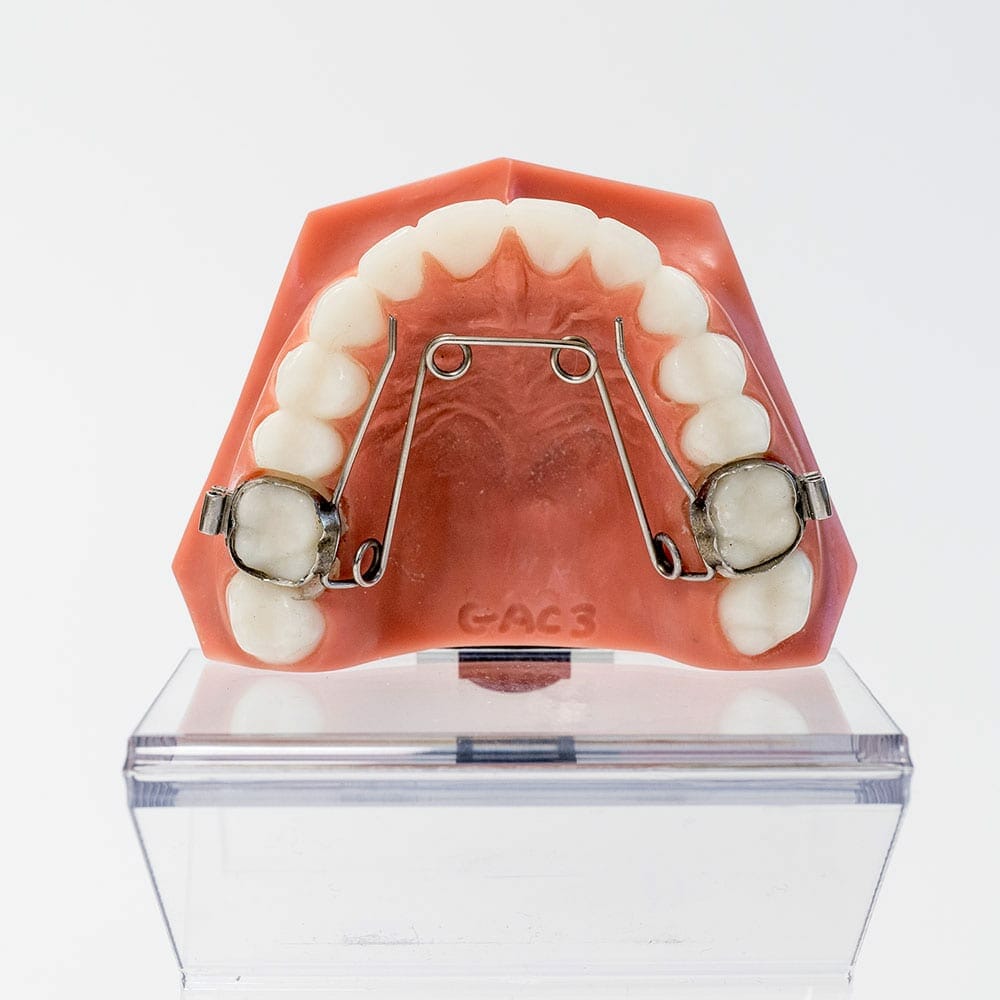
Potential Discomfort and Side Effects
Initial Discomfort
It is normal to experience some initial discomfort after the placement of the Quad Helix Appliance. The pressure exerted on the dental arch and teeth can cause soreness and sensitivity, which usually subsides within a few days. Over-the-counter pain relievers can help alleviate any discomfort during this adjustment period.
Speech Impediment
During the initial stages of wearing the Quad Helix Appliance, you may notice some changes in your speech. This is because the appliance occupies space in the mouth, which can temporarily affect tongue movement and pronunciation. With practice and gradual adaptation, speech impediment typically resolves on its own.
Difficulty Eating
Eating may feel slightly different initially as you adjust to the presence of the Quad Helix Appliance. It is recommended to start with softer foods and gradually progress to a regular diet. Chewing slower and being mindful of food getting caught in the appliance can help ease any initial difficulties.
Soft Tissue Irritation
In some cases, the Quad Helix Appliance may cause mild irritation to the soft tissues inside the mouth. This can include sore spots or ulcers on the cheeks or gums. These irritations can be managed with the use of orthodontic wax, which provides a protective barrier between the appliance and the delicate tissues. If the irritation persists or becomes severe, it is important to contact your orthodontist for assessment and further guidance.
Dental Hygiene with Quad Helix Appliance
Oral Hygiene Importance
Maintaining excellent oral hygiene is crucial when wearing the Quad Helix Appliance. It is essential to keep your teeth, gums, and the appliance itself clean to prevent the accumulation of plaque and the development of dental issues. Proper oral hygiene practices help ensure the effectiveness of the appliance and overall oral health.
Brushing and Flossing Techniques
Brushing your teeth at least twice a day and flossing once a day are vital habits to incorporate into your daily routine. When brushing, it is important to pay extra attention to all surfaces of the teeth, including the areas around the Quad Helix Appliance. Using a soft-bristled toothbrush and fluoride toothpaste, gently clean around the appliance and along the gumline. Flossing should also be done carefully to remove plaque and food particles from between the teeth and the appliance.
Cleaning the Appliance
Regular cleaning of the Quad Helix Appliance is necessary to maintain its hygiene and functionality. After brushing and flossing, it is recommended to use an orthodontic brush or a specialized appliance cleaner to clean the appliance thoroughly. This helps remove any debris or plaque that may have accumulated, ensuring a clean and effective appliance.
Regular Dental Check-ups
While wearing the Quad Helix Appliance, it is essential to maintain regular dental check-ups. These appointments allow the orthodontist to assess the progress of your treatment and address any concerns or issues that may arise. Regular dental visits also ensure that your teeth and appliance are in optimal condition and that any necessary adjustments can be made promptly.
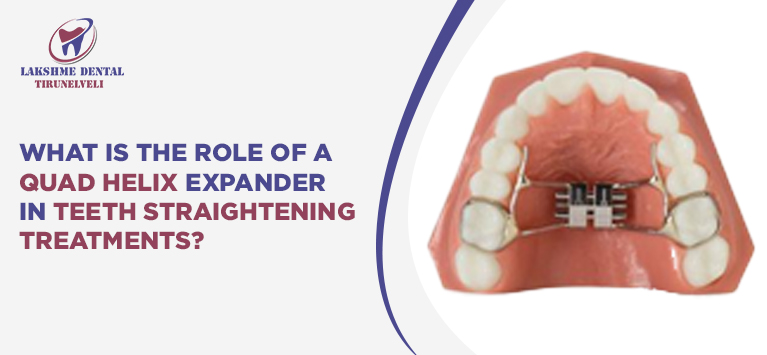
Duration of Quad Helix Treatment
Varies by Individual
The duration of Quad Helix treatment varies depending on several factors, including the specific dental issues being addressed, the desired outcomes, and the individual’s response to treatment. On average, treatment with a Quad Helix Appliance can last anywhere from a few months to a year or longer. It is important to follow the orthodontist’s guidance and attend regular appointments to monitor progress and make any necessary adjustments.
Monitoring Progress
Throughout the course of treatment, the orthodontist will closely monitor the progress of your dental alignment and the effectiveness of the Quad Helix Appliance. Based on this assessment, the treatment plan may be modified or adjusted to ensure optimal results. Regular check-ups and open communication between you and your orthodontist play a key role in achieving successful outcomes within a reasonable timeframe.
Removal of Appliance
Once the desired dental alignment and arch expansion have been achieved, the Quad Helix Appliance will be removed. This removal process is typically quick and painless. Following the removal, a retention plan will be put in place to ensure long-term stability and prevent any relapse of the teeth.
Alternatives to Quad Helix Appliance
Rapid Palatal Expander
The Rapid Palatal Expander is an alternative appliance to the Quad Helix that effectively widens the upper jaw and expands the dental arch. It consists of a screw mechanism that, when activated, exerts pressure on the palatal bones, creating additional space for proper tooth alignment. The Rapid Palatal Expander is often used in cases where more significant dental arch expansion is required.
Traditional Braces
Traditional braces remain a widely used alternative for addressing dental alignment issues. They involve the attachment of brackets to the teeth and the use of archwires to gradually move the teeth into their desired positions. Traditional braces offer a high level of control and versatility in achieving comprehensive orthodontic corrections.
Invisalign
Invisalign is a popular alternative to fixed appliances like the Quad Helix. It entails a series of clear, removable aligners that are custom-made to gradually shift the teeth into alignment. Invisalign offers the advantage of being virtually invisible and allows for easy removal for eating and oral hygiene practices.
Surgical Option
In some complex cases, orthognathic surgery may be considered as an alternative to the Quad Helix Appliance. Surgical intervention may be necessary to correct severe skeletal misalignments in addition to orthodontic treatment. This option is typically reserved for cases where non-surgical approaches are not sufficient to address the underlying dental and skeletal issues.
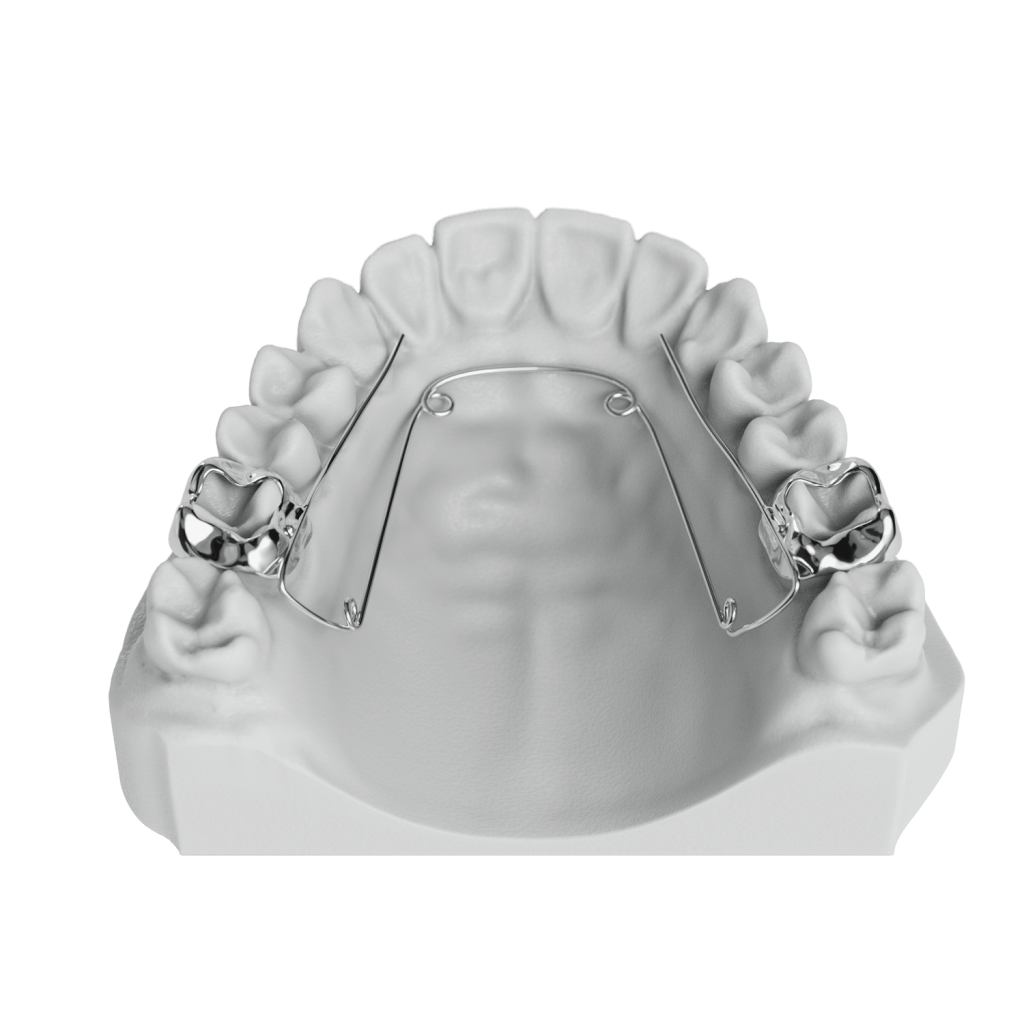
Importance of Retention
Retainer Usage
Upon completion of the Quad Helix treatment, the use of retainers becomes crucial to maintain the achieved dental alignment. Retainers are custom-made appliances that are designed to hold the teeth in their newly-aligned positions. They are typically worn for a specified duration, as recommended by the orthodontist, to ensure the long-term stability of the treatment outcomes.
Long-Term Stability
Retention is vital for ensuring the long-term stability of the treatment results obtained with the Quad Helix Appliance. After the removal of the appliance, the teeth and supporting structures need time to adapt and stabilize in their new positions. Regular use of retainers, as instructed by the orthodontist, helps prevent any unwanted shifting and maintains the desired alignment for years to come.
Cost and Insurance Coverage
Factors Affecting Cost
The cost of Quad Helix Appliance treatment can vary depending on several factors, such as the complexity of the dental issues being addressed, the duration of treatment, and the geographical location of the dental practice. Additionally, any necessary adjunctive procedures, such as X-rays, impressions, or follow-up appointments, may also influence the overall cost. It is important to discuss the financial aspects with your orthodontist and inquire about available payment options.
Insurance Coverage
The extent of insurance coverage for Quad Helix Appliance treatment depends on your specific dental insurance plan. Some dental insurance plans may cover a portion of the treatment cost, while others may not provide coverage for orthodontic procedures. It is advisable to contact your insurance provider to understand the coverage details and determine any out-of-pocket expenses that may be incurred.

